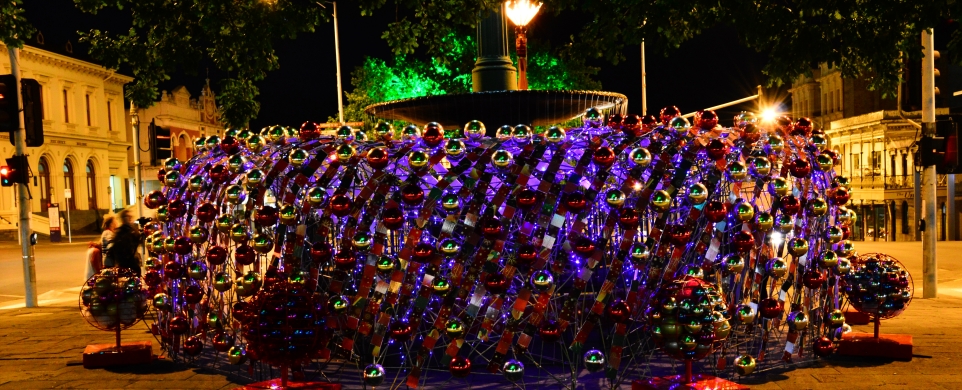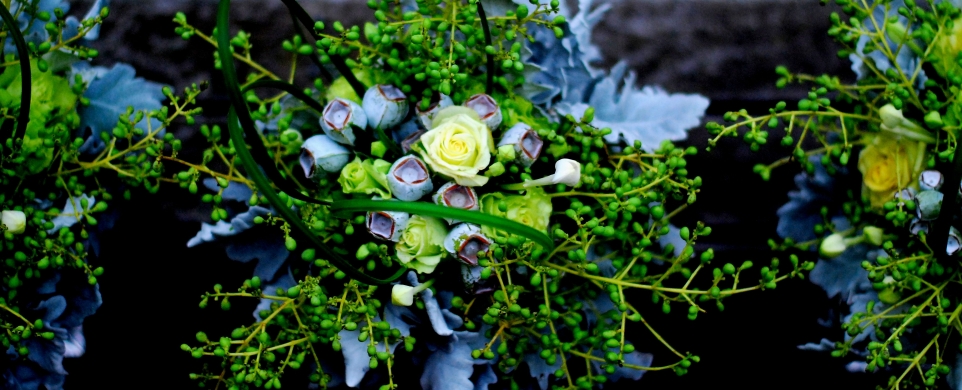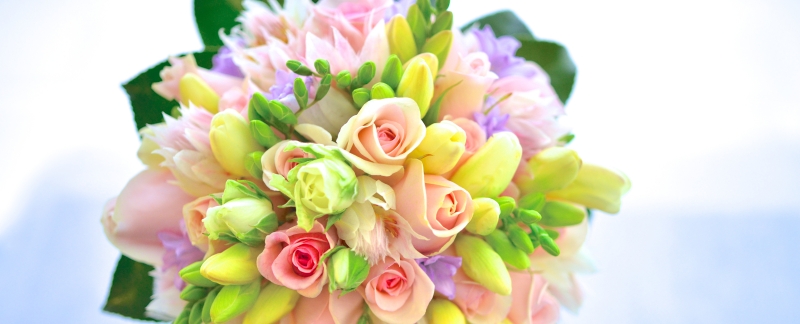We have been thinking what ikebana (a style of Ikebana in the Muromachi period) is. It seems to mean making flower alive. Does it mean whether to make dead flowers revive or to make dying flowers live longer?
This month I would like to show my installation, the Sacred Tree that I made for the new arcade in Upper West Side, Melbourne in July this year. Although the idea of Shimenawa—a maker for a sacred space in Shinto—was behind this work, many commented that it was like a Christmas tree. I don’t mind about such interpretations.
https://www.facebook.com/ikebanaaustralia







































